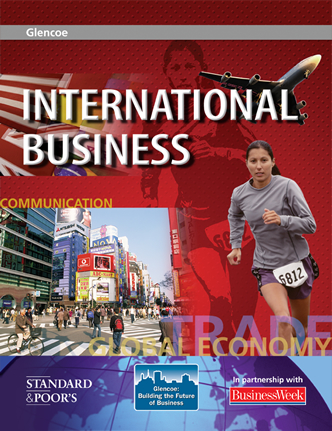 
International BusinessChapter 12:
Products, Pricing, and DistributionChapter Summaries- Product development is a complex task. A product must meet the needs of people in the target market. There are several stages of product development: generating ideas, evaluating ideas, developing the product, and introducing the final product to the marketplace. Companies often adapt products for international markets.
- Setting prices in international markets is a challenge. Businesses must consider the effects of monetary exchange rates, economic conditions, and the overall global business environment. Companies may use pricing strategies, such as skimming pricing or penetration pricing, to gain an advantage in the marketplace. Various price discounts also encourage consumers to purchase products.
- The channel of distribution is the path a product takes from the producer to the consumer. Within this path, there is an indirect channel of distribution, which is the path that uses consumer agents or merchant middlemen to distribute products from producer to consumer. Another path is a direct channel of distribution, which is a path used to sell products directly to customers.
- Delivering products requires physical distribution, which involves moving a product from producer to consumer. Different modes of transportation include trucking and motor carriers, airline carriers, railroads, sea carriers by water routes, pipelines, and combination methods.
 |  |
|





